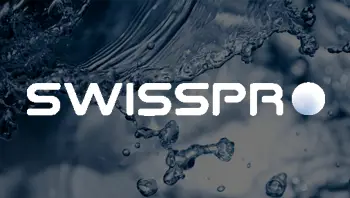Aerospace reverse osmosis technology is designed to be compact, lightweight, and energy-efficient, making it ideal. Traditional reverse osmosis systems, on the other hand, are typically larger and require more power to operate.
Reverse osmosis is a technology that has been used in aerospace industry for several decades, and it involves the use of a semi-permeable membrane to purify water. The process works by applying pressure to a solution that forces water molecules through the membrane, leaving behind any impurities or contaminants. The result is pure, fresh water that is safe for human consumption.
Difference Between Traditional Ro Technology & Aerospace Reverse Osmosis Technology
Reverse osmosis (RO) technology is used for water purification by separating dissolved solids, particles, and other impurities from water by forcing it through a semi-permeable membrane. While the basic principles of RO technology are the same, there are some differences between traditional and aerospace reverse osmosis systems.
One of the key differences between traditional and aerospace RO systems is their level of automation. Aerospace reverse osmosis systems are designed to be fully automated and require minimal human intervention in their maintenance and operation. The system is designed to be self-sustaining and reliable, which is essential for long-duration space missions where astronauts’ time and attention are focused on other critical tasks. Traditional RO systems, on the other hand, may require more human involvement in the maintenance and operation of the system.
Another difference between traditional and aerospace RO systems is their construction and ability to withstand harsh environmental conditions. Aerospace RO systems are built to withstand radiation exposure, extreme temperatures, and other environmental factors that could compromise the quality of the water produced. This is essential for space missions where the quality of water produced is critical for the health and safety of astronauts. Traditional RO systems may not be designed with these factors in mind.
The quality of the water produced by aerospace RO systems is also subject to stricter regulations and standards than traditional RO systems. Water quality is critical for the health and safety of astronauts in space, and the systems must meet stringent standards to ensure the water produced is safe for consumption. Traditional RO systems may not be subject to the same level of regulation and standards as aerospace RO systems.
In summary, while the basic principles of RO technology are the same, there are significant differences between traditional and aerospace RO systems. Aerospace RO systems are designed to be fully automated, withstand harsh environmental conditions, and produce high-quality water that meets stringent regulations and standards. These systems are critical for long-duration space missions, where the availability of fresh water is limited, and the quality of water produced is essential for the health and safety of astronauts.
Water Purifiers With Aerospace Reverse Osmosis Technology
Aerospace Reverse Osmosis Technology offers a unique solution that incorporates aerospace reverse osmosis technology has developed a state-of-the-art system that utilizes this technology to provide clean, safe water in a variety of applications.
The systems with this technology is designed to be compact, energy-efficient, and highly reliable, making it an ideal choice. By incorporating aerospace RO technology, the product is able to produce high-quality water that meets strict regulations and standards, making it suitable for consumption in even the most critical applications.
These type of domestic purifiers are now a great alternative for residential and commercial applications. They work by applying pressure to a solution that forces water molecules through the membrane, leaving behind any impurities or contaminants, thus, the water quality meets great standards to ensure the water produced is safe for consumption, leaving a pure, fresh water that is safe for drinking purposes.
Article: QL-7101







